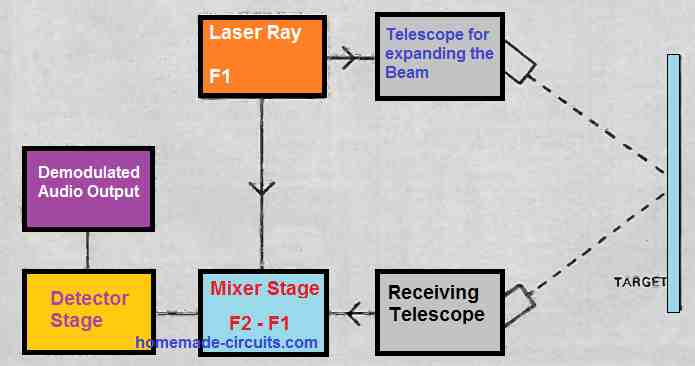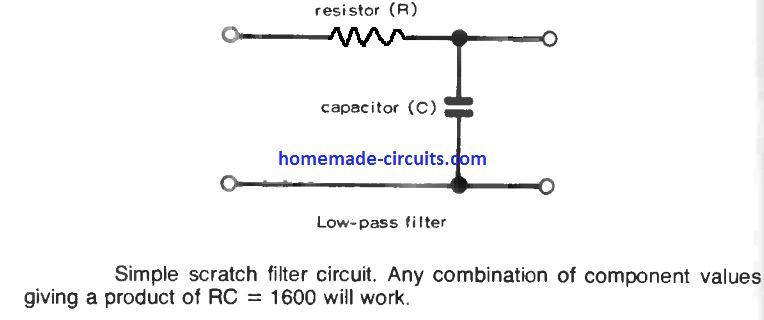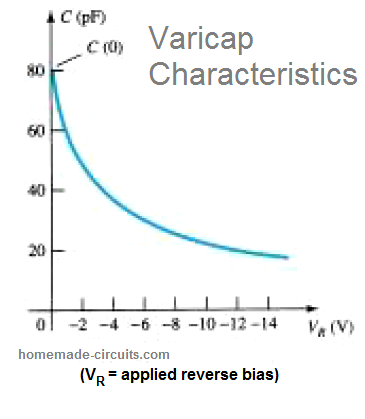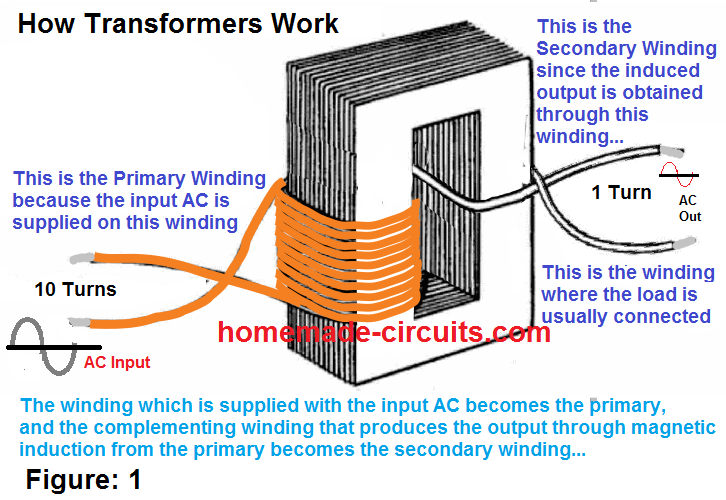Fuel cells have the capacity to be the most effective and ecologically friendly power source ever devised. Since fuel cells are able to generate drinking water as a by-product, they are indeed an appealing replacement for traditional power generation. How much more could you want from a source of energy? History Sir William Grove developed […]
Work
How Laser Microphones or Laser Bugs Work
A laser microphone is a security monitoring gadget in which a laser beam is used for detecting audio vibrations across faraway targets, which are normally walls or glass of homes or offices. These devices could be applied for eavesdropping with virtually no chance of getting identified or cover getting blown. Laser eavesdropping gadgets, it is […]
How Contactless Infrared Thermometers Work – How to Make One
In this post I have explained the basic working concept of thermal scanners or contactless IR thermometers, and also learn how to make a practical DIY prototype of the unit without Arduino. In the post COVID-19 era, witnessing doctors holding a contactless temperature gun and pointing toward the forehead of a COVID-19 suspect is a […]
How RC Circuits Work
In an RC circuit, a combination or R (resistor) and C (capacitor) is used in specific configurations in order to regulate the flow of current, for implementing a desired condition. One of the main uses of a capacitor is in the form of a coupling unit which allows AC to pass but blocks DC. In […]
How Varactor (Varicap) Diodes Work
A varactor diode, also called varicap, VVC (voltage-variable capacitance, or tuning diode, is a type of semiconductor diode which features a variable voltage-dependent capacitance on its p-n junction when the device is reversed biased. Reverse bias basically means when the diode is subjected to an opposite voltage, meaning a positive voltage at the cathode, and […]
How Transformers Work
According to the definition given in Wikipedia an electrical transformer is a stationary equipment that exchanges electrical power across a couple of closely wound coils, through magnetic induction. A constantly altering current in one winding of the transformer generates a varying magnetic flux, which, consequently, induces a varying electromotive force over a second coil built […]





